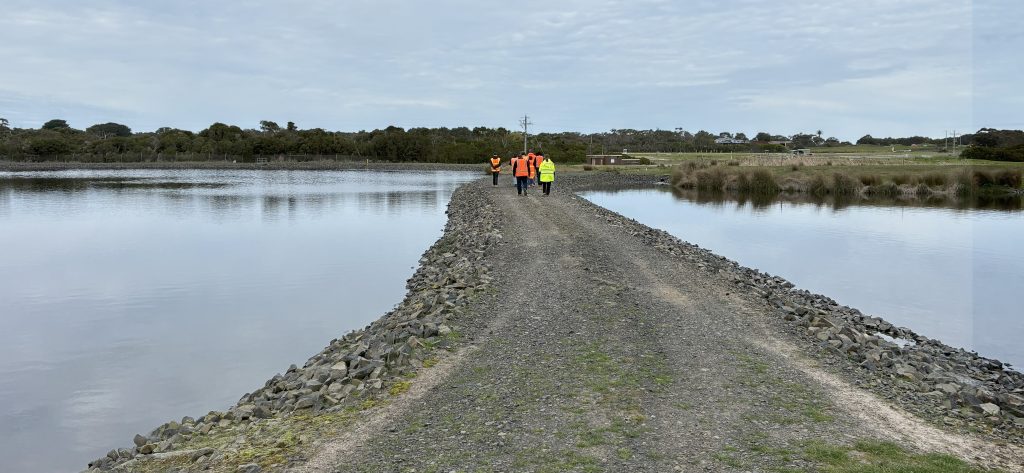Most sewer blockages are caused by tree roots finding their way into our sewer pipes.
Trees are beautiful, shady and provide valuable shelter for local fauna, but their root systems can have a devastating effect on your sewer pipes. Planted too close to the sewer, your beautiful tree could one day end up becoming a very costly and messy problem.
How do tree roots get into the sewer?
Tree roots grow in search of water and nutrients, which makes sewers a prime target. If planted too close, a tiny fracture or small gap in the join of two sewer pipes could be wide enough for a single hair-like tree root to pass through. Once inside, a mass of roots can form and eventually lead to a sewer blockage.
What can I do?
The most effective step is prevention, as once tree roots get into the system, pipes can become damaged and require costly repairs.
We recommend:
- Regularly maintain and clean your sewer pipes
- Visit your nearest water saver garden centre or nursery for advice on what to plant near sewers (a list of species to avoid are listed below)
- You can obtain a copy of your property sewerage plan to determine the location and type of any sewer pipes and use this information to avoid planting anything above your sewer line.
How do I report a blockage?
If you believe there is a blockage in the South Gippsland Water sewer pipes serving your property, please call our 7 day, 24 hour faults and emergencies team on 1300 851 636.
Who is responsible for fixing the problem?
You are responsible for any repair, replacement or maintenance for the pipes and fittings within your property until after the connection point to South Gippsland Water’s pipes (usually near your property boundary).
Recommended plants list
We suggest the following plants no closer than two metres to a sewer pipe:
| Acacia buxifolia Box-leaved Wattle | Brachychiton populneus Kurrajong | Euonymus Japonica Evergreen Spindle Tree | Malus (species) Flowering Crabapples |
| Acacia melanoxylon Blackwood | Callistemon citrinus Crimson Bottlebrush | Ficus pumila Creeping Fig | Pittosporum revoluta Brisbane Laurel |
| Acer pseudoplatanus Sycamore | Eucalyptus calophylla ‘Rosea’ Pink Marri | Genista tinctoria Broom | Pittosporum undulatum Sweet Pittosporum |
| Alnus jorrulensis Evergreen Alder | Eucalyptus falcata White Mallee | Jacaranda spp. Jacaranda | Australian Pyracantha (species) |
| Banksia ericifolia Heath Banksia | Eucalyptus goniocalyx Long-leaved Box | Liquidambar styraciflua Liquidambar, Sweet Gum | |
| Banksia occidentalis Water Bush | Eucalyptus largiflorens River Box, Black Box | Logerstroemia indica Pink Crepe Myrtle | |
| Betula pendula (B. alba) Silver Birch | Eucalyptus pruinosa Silver Box | Nerium oeander Oleander |
Plant no closer than 4 metres to a sewer pipe:
| Angophora costata Smooth-barked Apple Myrtle | Fraxinus excelsior “Aurea” Golden Ash | Sophora japonica Pagoda Tree |
| Betula pendula Silver Birch | Melaleauca armillaris Bracelet Honeymyrtle | Sorbus aucuparia Rowan, Mountain Ash |
| Eucalyptus cinerea Argyle Apple | M. styphelioides Prickly Paperbark | Wisteria sinensis Chinese Wisteria |


